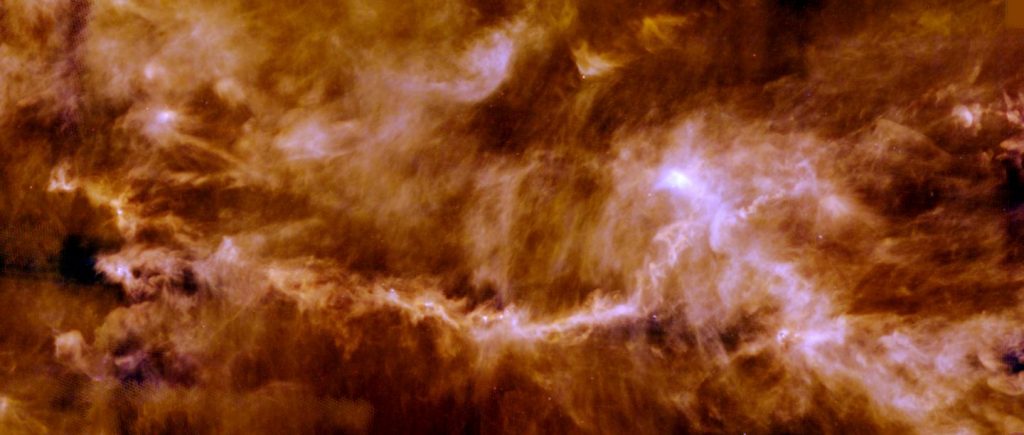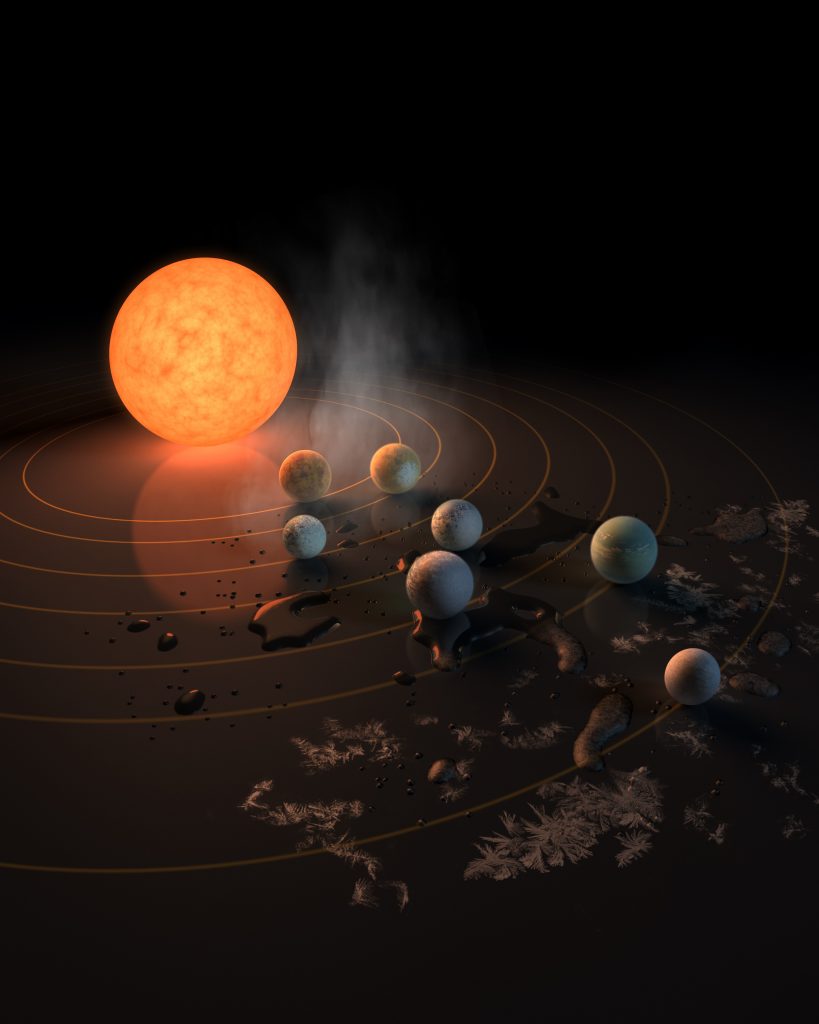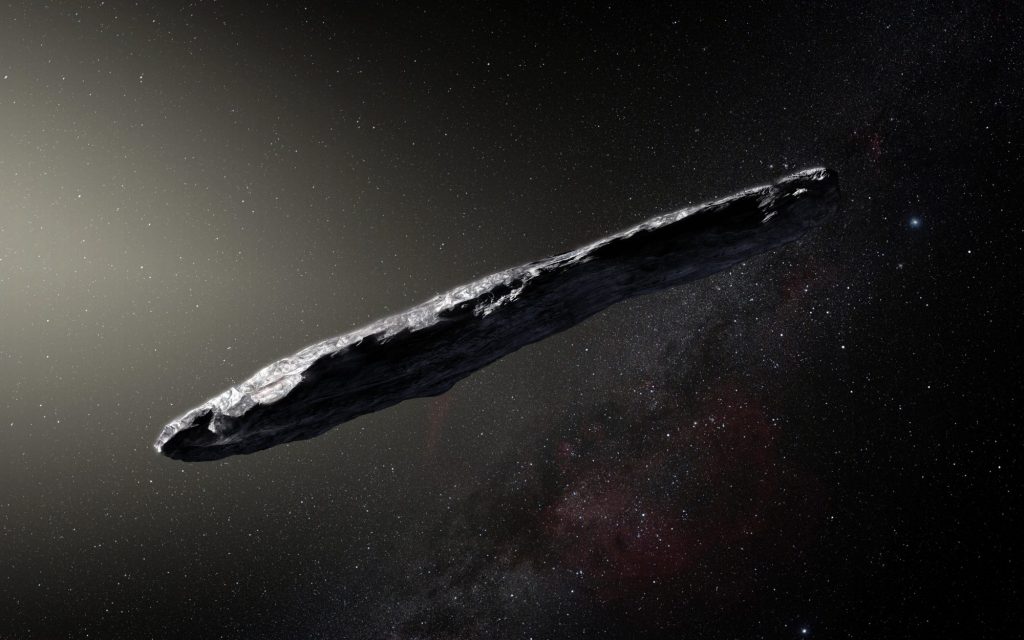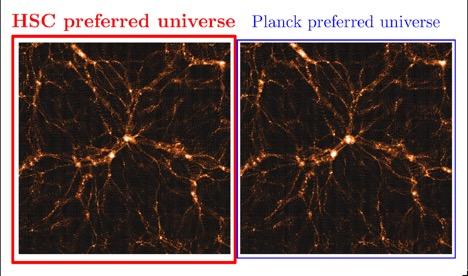Neptunes and super-Earths are the most common types of exoplanets
With the help of the ALMA radio telescope, astronomers have taken a closer look at a series of protoplanetary disks around young stars in the Taurus Molecular Cloud, a region 430 light-years from Earth, in which many stars are currently being born. The researchers examined 32 protoplanetary disks; twelve of these disks have a structure with rings and gaps. (more…)






